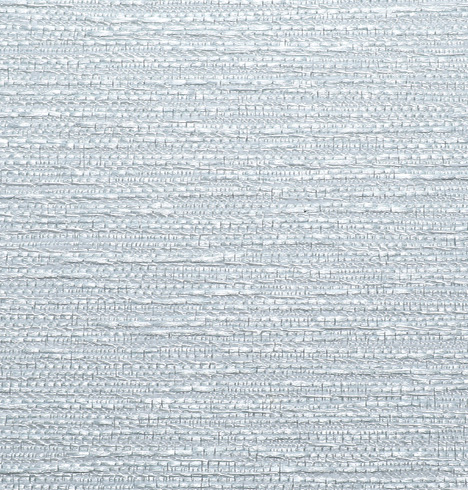Roller blinds fabrics perform well in terms of glare reduction, and their effectiveness depends largely on the type of fabric, its color, texture, and any additional coatings or treatments. Here’s a breakdown of how roller blinds fabrics address glare:
Fabric Type and Light Filtering:
Light-Filtering Fabrics: Many roller blinds are designed with light-filtering fabrics that allow soft, diffused light to enter while reducing the direct intensity of sunlight. These fabrics do not block all light but help in reducing glare by scattering it across the room. Materials like sheer polyester or linen blends are commonly used for this purpose.
Blackout Fabrics: Blackout fabrics are highly effective at completely blocking out sunlight, which eliminates glare from direct sunlight but also darkens the room entirely. While they provide no light transmission, they offer total control over glare and brightness.
Translucent Fabrics: These fabrics, like translucent polyester or screen fabrics, are often used to reduce glare while still allowing light to filter through. They provide a middle ground between full light blockage and transparency, softening harsh sunlight and reducing glare without making the room too dark.
Coatings and Treatments for Glare Reduction:
Reflective Coatings: Some roller blinds fabrics are treated with reflective coatings that help minimize glare by reflecting sunlight away from the window. This is especially common with fabrics used for solar shades. The reflective properties of these fabrics can significantly reduce glare in rooms that receive high amounts of direct sunlight.
Metalized Finishes: Fabrics with metalized finishes (e.g., silver or gold coating) enhance glare reduction by reflecting light away and controlling the amount of light that enters the room. These are often used in environments where controlling glare from the sun is essential, such as offices, conference rooms, or media rooms.
Color and Texture of the Fabric:
Light-Colored Fabrics: Fabrics in light shades (such as white, light grey, or beige) are generally better at reducing glare by softening the light that enters the room. They diffuse light across the room, providing a more even illumination and reducing the harsh contrast that causes glare.
Dark-Colored Fabrics: While dark-colored fabrics (such as navy or charcoal) absorb more light, they may not be as effective at reducing glare. However, they can still help reduce brightness in the room by blocking out more light, which may reduce glare indirectly by keeping the sun's rays from reaching the interior.
Textured Fabrics: Fabrics with textures like woven patterns, jacquard, or silk blends can also play a role in diffusing light and softening the glare. Textured fabrics tend to scatter light more effectively than flat fabrics, further reducing glare.

Specialized Glare-Reducing Fabrics:
Solar Shades (Screen Fabrics): Solar shades are specifically designed to reduce glare while maintaining visibility. These shades are made from a mesh-like material that allows light to filter through while minimizing the effects of glare. The weave density of the fabric plays a significant role in how much light is blocked and how much glare is reduced. Solar shades can also help maintain outdoor visibility without sacrificing interior comfort.
UV-Blocking Fabrics: Roller blinds made from UV-blocking fabrics can help reduce glare caused by ultraviolet rays, which are responsible for not only the discomfort of glare but also fading furniture and artwork. UV-blocking fabrics allow for glare reduction while still protecting the interior from harmful UV rays.
Practical Considerations:
Room Use: The effectiveness of glare reduction with roller blinds will depend on the room's use. For example, in a home office or media room, where screen visibility is critical, glare reduction is especially important, and materials like solar shades or light-filtering fabrics are ideal. On the other hand, in living rooms or bedrooms, where full darkness or soft light is preferred, blackout fabrics may be more suitable.
Adjustability: One of the key advantages of roller blinds is their adjustability. You can control the amount of light entering the room by raising or lowering the blinds, which helps in managing glare throughout the day. Additionally, roller blinds with dual fabric options (a combination of light-filtering and blackout fabrics in one system) offer flexibility in adjusting for both glare reduction and room ambiance.

 中文简体
中文简体 英语
英语 西班牙语
西班牙语







